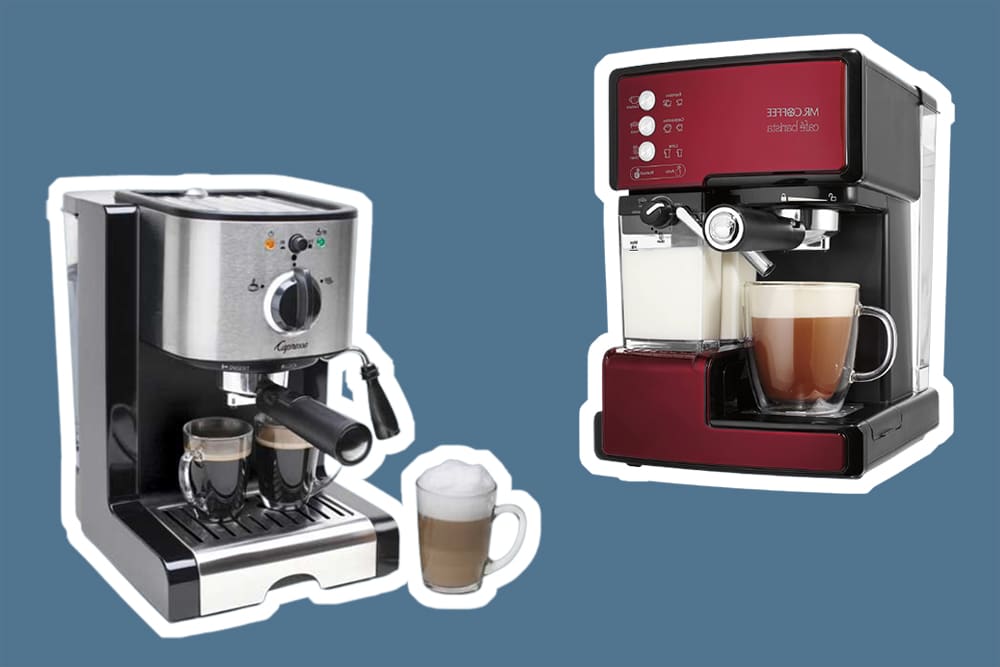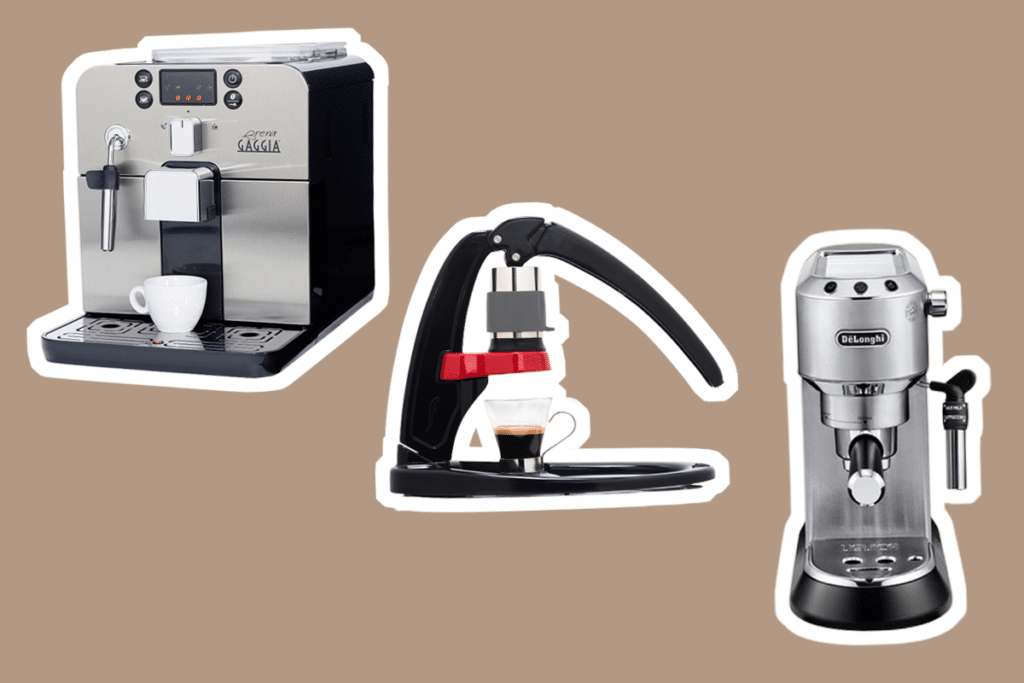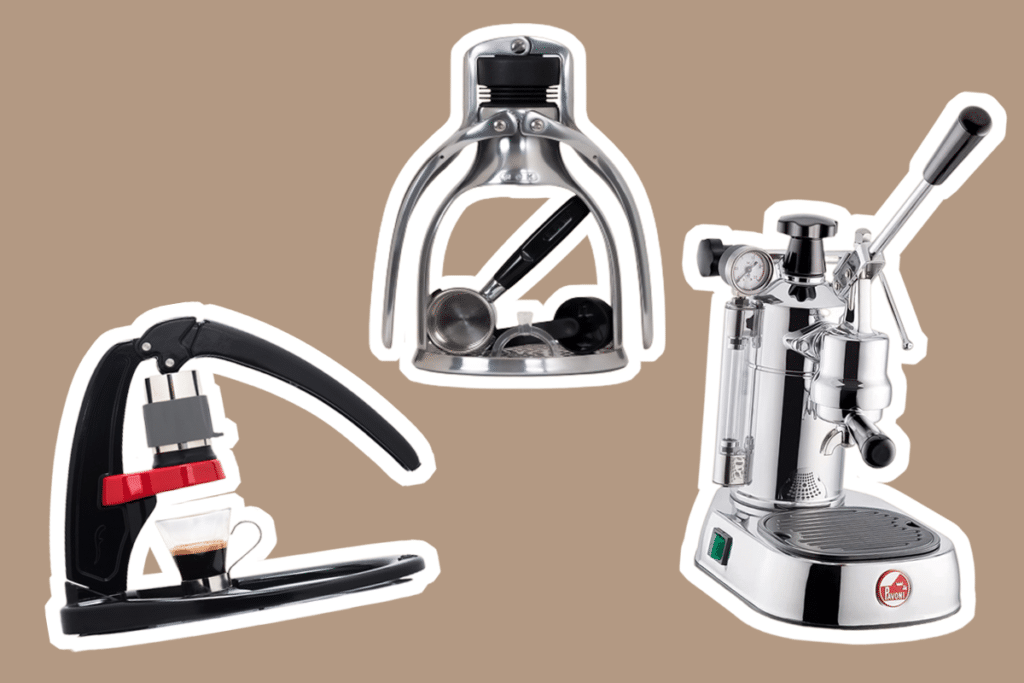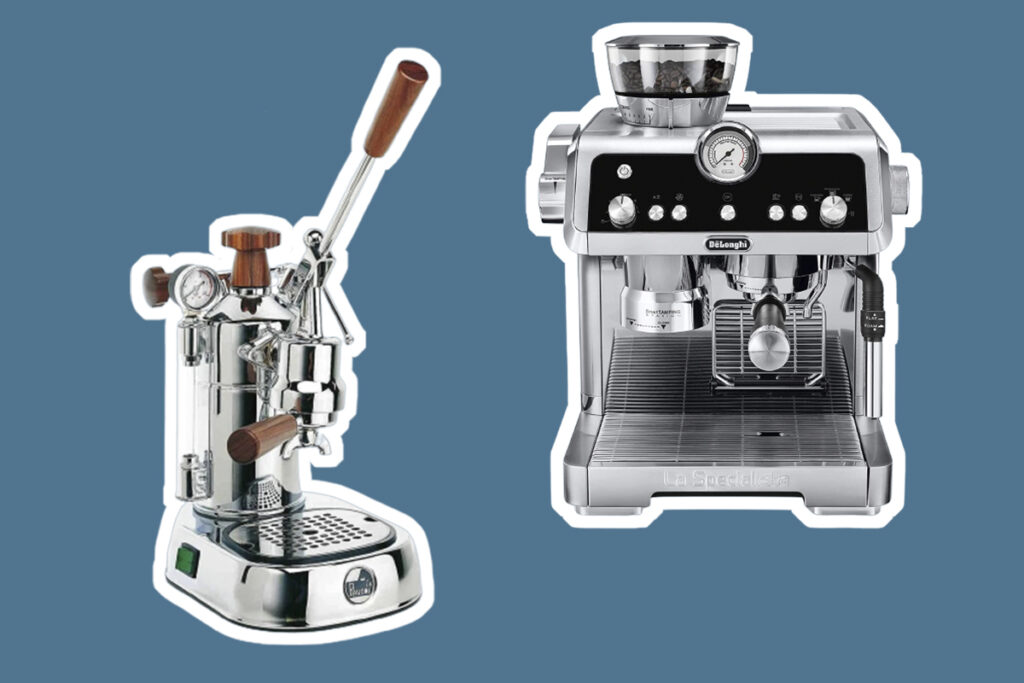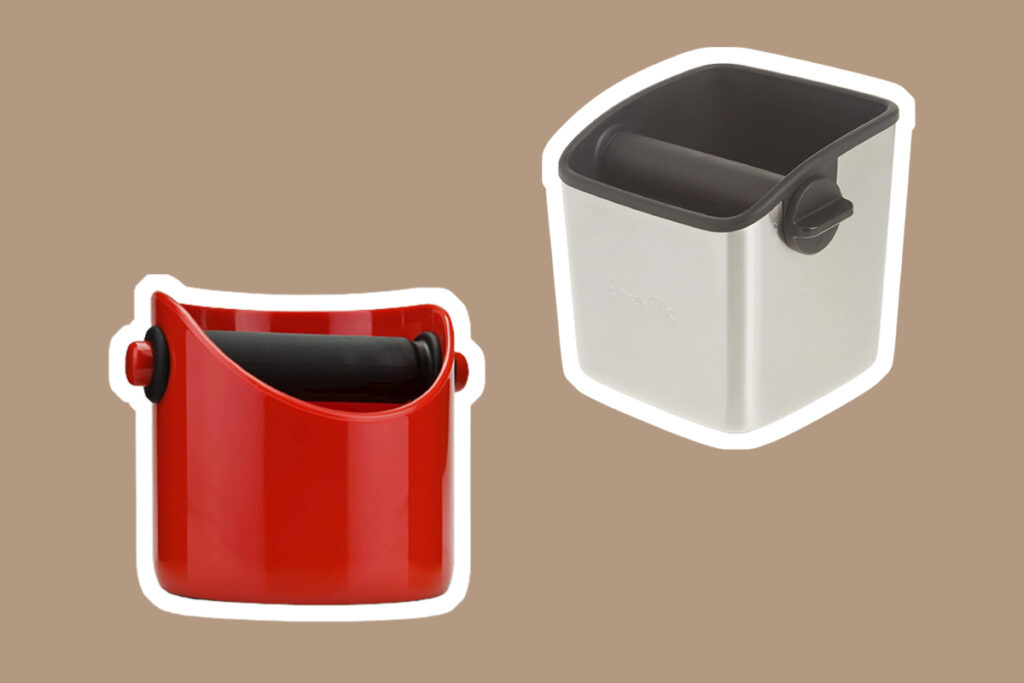

Espresso is a popular drink nowadays, and a shot of espresso actually serves as a base for even more drinks. But what actually is espresso? Why is it so important? How is it made, and how is it different from drip coffee? If you have questions about espresso, then the following espresso facts will answer them for you, so keep reading!
So many different kinds of coffee are labeled by the type of beans used to make them. But not espresso. Espresso is actually a specific drink. It is a particular type of coffee that uses high pressure to force almost boiling water through finely-ground coffee. So, if you’re calling a coffee bean espresso, you’re making a common mistake.
Espresso is an Italian word, and this type of coffee was invented in Italy. We owe them our thanks. Espresso translates as “something is forced out”, which sounds a little strange but makes perfect sense when you think about it. Espresso is made by using pressure to push water through tightly packed coffee. And remember, in English, it’s pronounced “ES-presso” not “Ex-presso.”
Since espresso has such a robust and fine taste, it’s used as a base for a lot of other coffee drinks, including, but not limited to, mochas, lattes, and cappuccinos! You could have already tried espresso already and haven’t even realized it!
Crema is something that comes up all the time when espresso facts are being discussed. That’s because if you have espresso, you’ll have crema. Crema is the light-colored liquid that first comes out when espresso is being extracted. This creamy, airy layer sits on top of the espresso once it’s brewed.
Crema is important because it can tell you much about the drink, everything from how fresh the beans are to whether your drink is over or under-extracted.
Did you know you only need 42-50 coffee beans to produce a single shot of espresso? It’s true! And a fun espresso fact you can pull out the next time you’re sharing an espresso with a friend.
If you’re looking for a coffee drink with higher fat content, then espresso is probably the way to go. That’s because while normal, drip coffee has about .6 percent fat, espresso has 2.5 percent fat. This big difference in fat content for espresso is due to the extraction process — the higher-pressure forces more fatty oils out of the beans and into your cup. Now you have a better understanding of espresso nutrition facts.
Because coffee is such an important part of Italian life (since they invented espresso after all), the government actually regulates the cost of espresso. It’s true! They know how important it is to their people, and so they keep the cost low enough, so it’s accessible to everyone. Buon lavoro!
You might think that all that pressure forcing water through those finely-ground beans would mean that espresso would have more caffeine, but the opposite is true.
Espresso actually has up to 1/3 less caffeine than drip coffee.
The ideal brewing temperature for a shot of espresso is 190-195 degrees Fahrenheit. This is to make sure it’s extracted properly. As for the serving temperature for espresso, it is 160 degrees Fahrenheit, so be careful not to burn yourself!
Besides the temperature, it’s important that the espresso extraction is timed properly, as well. The ideal time for pulling a single shot of espresso is 25-30 seconds. This will make a great-tasting shot!
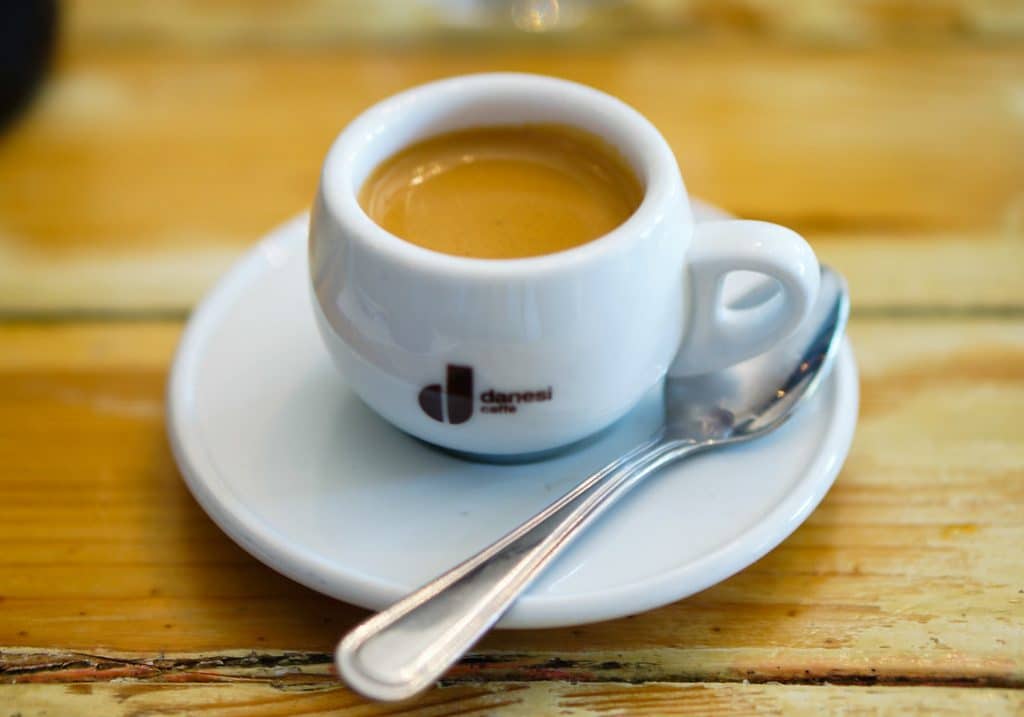
Another fun espresso fact you can wow your friends with is the reason why espresso was invented in the first place. Espresso shots are small and compact because espresso was invented so workers drinking espresso would spend less time on their coffee breaks.
So the next time you’re pulling a shot of espresso, or even drinking a latte, mocha, or cappuccino, you can think about espresso in a different light and know all these wonderful espresso facts about a drink that makes our mornings and afternoons and even evenings such a delight.

